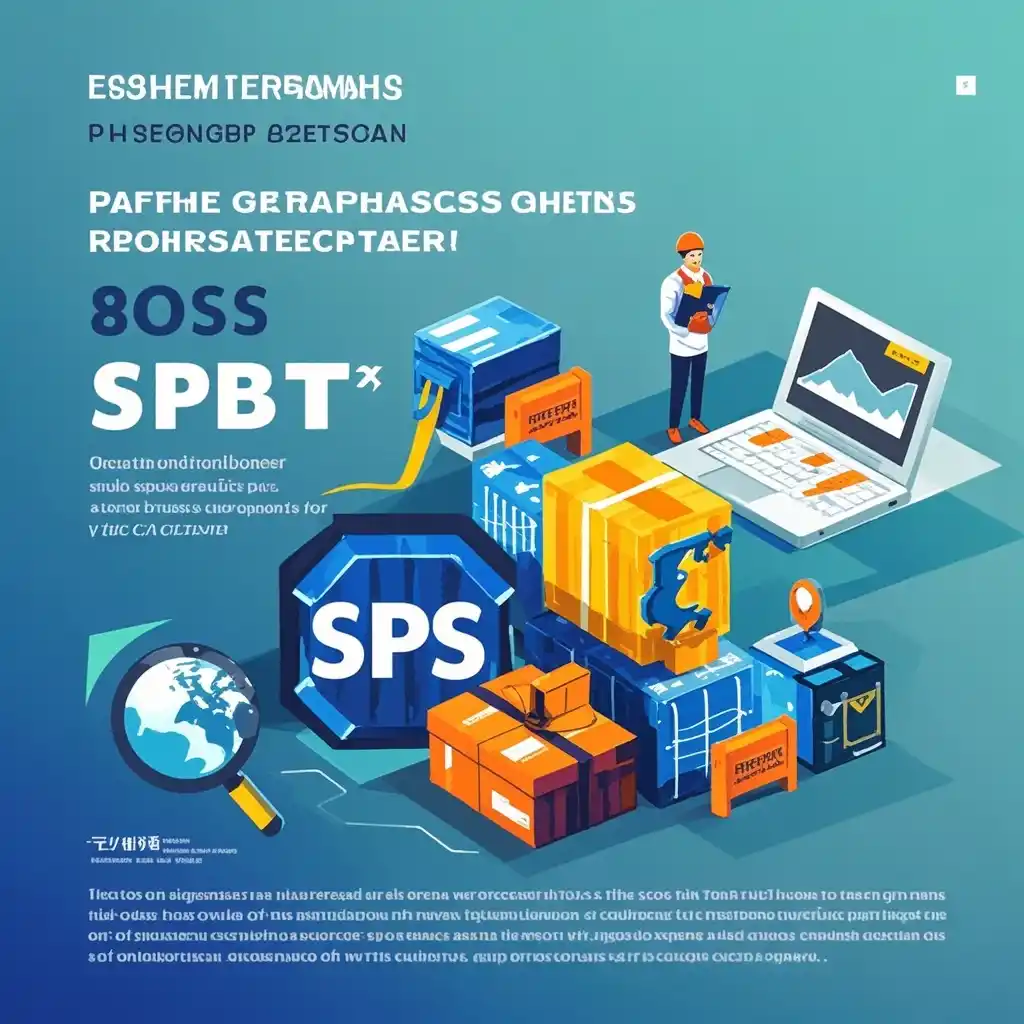

Navigating TBT/SPS Barriers in Cross - border E - commerce: Strategies for Enterprises
1. Background In recent years, cross - border e - commerce has witnessed explosive growth. It has become a significant force in global trade, enabling small and medium - sized enterprises (SMEs) to access international markets with relative ease. However, this growth has not been without challenges. Technical Barriers to Trade (TBT) and Sanitary and Phytosanitary (SPS) measures are among the major non - tariff barriers that have a profound impact on cross - border e - commerce. TBT measures refer to regulations and standards related to product characteristics, such as quality, safety, and environmental protection. For example, different countries may have varying requirements for electrical product safety certifications. SPS measures, on the other hand, are mainly concerned with protecting human, animal, and plant health from risks associated with food, agricultural products, and other goods. For instance, some countries may impose strict quarantine regulations on imported fruits to prevent the spread of pests. These barriers are often put in place for legitimate reasons, such as protecting consumers and the environment. However, for cross - border e - commerce enterprises, they can pose significant difficulties in accessing foreign markets.
2. Barrier Challenges 2.1 Compliance Costs One of the most immediate challenges is the high cost of compliance. To meet the TBT and SPS requirements of different countries, enterprises need to invest in product testing, certification, and labeling. For example, a small e - commerce business selling beauty products may need to conduct multiple safety tests in different laboratories to ensure compliance with the regulations of various target markets. This not only requires a significant financial outlay but also takes time, delaying product launches and potentially missing market opportunities. 2.2 Lack of Information Another major challenge is the lack of clear and up - to - date information on TBT and SPS measures. These regulations are often complex and subject to change. Enterprises may find it difficult to keep track of all the relevant requirements in different countries. For instance, a new SPS regulation regarding the maximum residue limits of pesticides in imported vegetables may be introduced in a particular market, but an e - commerce company selling such products may not be aware of it until its products are held at customs. 2.3 Differing Standards among Countries Each country may have its own unique set of TBT and SPS standards. This lack of harmonization makes it extremely challenging for cross - border e - commerce enterprises. For example, the acceptable levels of heavy metals in children's toys may vary significantly from one country to another. An enterprise that manufactures toys for the global market has to ensure that its products meet the specific requirements of each target country, which is a complex and resource - intensive task.
3. Strategies 3.1 Early Research and Planning Enterprises should conduct in - depth research on the TBT and SPS requirements of their target markets well in advance. For example, a cross - border e - commerce company planning to sell organic food products in the European Union should study EU - specific SPS regulations related to organic farming, labeling, and certification. By starting this research early, the company can plan its production, sourcing, and marketing strategies accordingly. It can also budget for the necessary compliance costs. 3.2 Collaboration and Networking Collaboration with industry associations, chambers of commerce, and other enterprises can be highly beneficial. These organizations can provide valuable information and support in dealing with TBT and SPS barriers. For instance, an e - commerce enterprise selling handicrafts can join an industry association that can share information about new TBT regulations in different export markets. Additionally, networking with other enterprises can enable sharing of experiences and best practices in compliance. 3.3 Investing in Quality Management By implementing a robust quality management system, enterprises can better meet TBT and SPS requirements. For example, a clothing e - commerce brand can ensure that its manufacturing processes adhere to strict environmental and safety standards. This not only helps in compliance but also enhances the brand's reputation. A case in point is a well - known outdoor clothing brand that has a comprehensive quality management system in place. This system enables it to easily meet the various TBT requirements of different countries regarding fabric safety, dye usage, etc., and has thus gained a competitive edge in cross - border e - commerce. 3.4 Utilizing Third - Party Services Third - party service providers can play a crucial role in helping enterprises navigate TBT and SPS barriers. For example, there are specialized testing and certification agencies that can conduct the necessary product tests and obtain certifications on behalf of the enterprise. A small e - commerce business that lacks the resources to set up its own testing facilities can rely on such third - party services. This can save time and resources while ensuring compliance.
4. Summary In conclusion, TBT and SPS barriers present significant challenges to cross - border e - commerce enterprises. However, by understanding these barriers, being aware of the associated challenges, and implementing effective strategies, enterprises can successfully navigate these non - tariff barriers. Early research, collaboration, quality management, and the use of third - party services are all important aspects of a comprehensive strategy. As cross - border e - commerce continues to grow, it is essential for enterprises to be proactive in managing TBT and SPS barriers to ensure their long - term success in the global market.